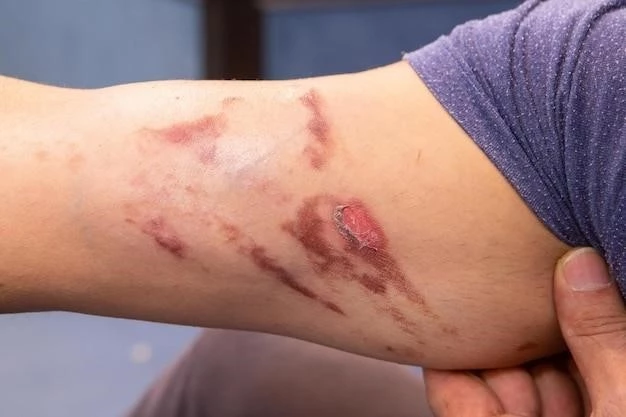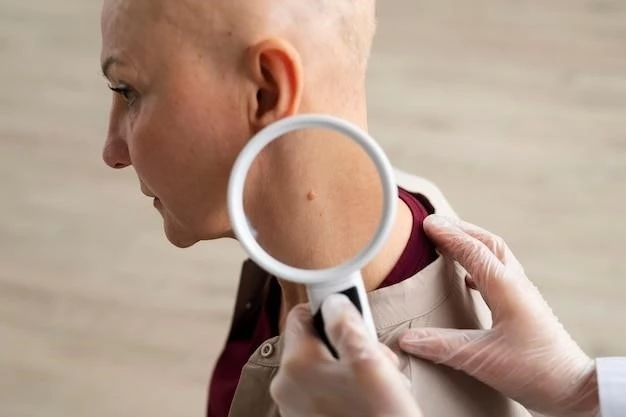Overview of Porphyria Cutanea Tarda
Porphyria Cutanea Tarda (PCT) is a rare skin disorder that primarily affects the skin, causing painful, blistering lesions on sun-exposed areas due to the deficiency of the enzyme uroporphyrinogen decarboxylase (UROD).
Definition and Characteristics
Porphyria Cutanea Tarda (PCT) is a rare skin disorder caused by the deficiency of the enzyme uroporphyrinogen decarboxylase (UROD) and is characterized by painful, blistering skin lesions predominantly on sun-exposed areas of the body.
Causes and Risk Factors
Porphyria Cutanea Tarda (PCT) can be caused by genetic mutations affecting heme synthesis enzymes or acquired triggers like alcohol, hepatitis C, and certain medications. Risk factors include family history and exposure to triggers.
Genetic Mutations and Inheritance
Porphyria Cutanea Tarda (PCT) can result from genetic mutations affecting heme synthesis enzymes, leading to an inherited deficiency in the uroporphyrinogen decarboxylase (UROD) enzyme. Inheritance patterns can vary, with certain individuals being more predisposed to this condition due to familial genetic mutations.
Acquired Triggers
Acquired triggers, such as alcohol consumption, hepatitis C infection, certain medications, and exposure to chemicals, can lead to the onset of Porphyria Cutanea Tarda (PCT) in individuals with a genetic predisposition. These triggers can exacerbate the symptoms and increase the risk of developing complications associated with PCT;

Symptoms and Diagnosis
Porphyria Cutanea Tarda (PCT) manifests in painful, blistering skin lesions on sun-exposed areas due to photosensitivity. Diagnosis involves testing for high levels of porphyrins in blood, urine, and stool to confirm the condition.
Skin Manifestations
Porphyria Cutanea Tarda (PCT) presents with painful, blistering skin lesions in sun-exposed areas, leading to photosensitivity. The affected skin may appear fragile, peel, and develop blisters, causing discomfort.
Diagnostic Procedures
Diagnosing Porphyria Cutanea Tarda (PCT) involves testing blood, urine, and stool samples for elevated levels of porphyrins. Diagnostic procedures aim to confirm the presence of the condition by detecting abnormalities in these biological markers.
Treatment Approaches
There are various treatment options for Porphyria Cutanea Tarda (PCT), including phlebotomy (blood removal), antimalarial drugs, and avoidance of triggering factors like alcohol. Managing the symptoms and preventing complications is crucial in the treatment of PCT.
Management of Symptoms
The management of Porphyria Cutanea Tarda (PCT) focuses on alleviating symptoms such as skin blistering and photosensitivity. Treatment options include blood removal through phlebotomy, antimalarial medications, and avoiding triggers like alcohol to prevent symptom exacerbation and complications.
Prevention of Complications
Preventing complications in Porphyria Cutanea Tarda (PCT) involves managing the condition effectively to reduce the risk of liver problems or potential development of liver cancer. Regular monitoring, avoiding triggers like alcohol, and adherence to treatment plans are vital in mitigating complications associated with PCT.

Prognosis and Prevalence
Porphyria Cutanea Tarda (PCT) is the most common subtype of porphyria with an estimated prevalence of 1 in 10,000 individuals. Proper management can help prevent complications like liver problems and skin cancer associated with the condition, thereby improving the prognosis.
Incidence Rates and Prevalence Data
Porphyria Cutanea Tarda (PCT) is the most common form of porphyria, with an estimated prevalence of 1 in 10,000 individuals. The disorder can be inherited or acquired, with triggering factors like alcohol consumption. Proper management and early diagnosis play crucial roles in improving the prognosis of individuals with PCT.
Relationship to Liver Cancer
Individuals with Porphyria Cutanea Tarda (PCT) may have an increased risk of developing liver cancer due to the disorder’s impact on liver function. Proper management of PCT is crucial to reduce the risk of liver-related complications, including the potential development of liver cancer;
Research and Future Directions
Ongoing research on Porphyria Cutanea Tarda (PCT) focuses on improving diagnostic methods, exploring new treatment modalities such as gene therapy, and understanding the genetic and environmental factors influencing the condition. Future directions aim to enhance the management of PCT, reduce complications, and improve patient outcomes through advancements in medical technology and therapeutic strategies.
